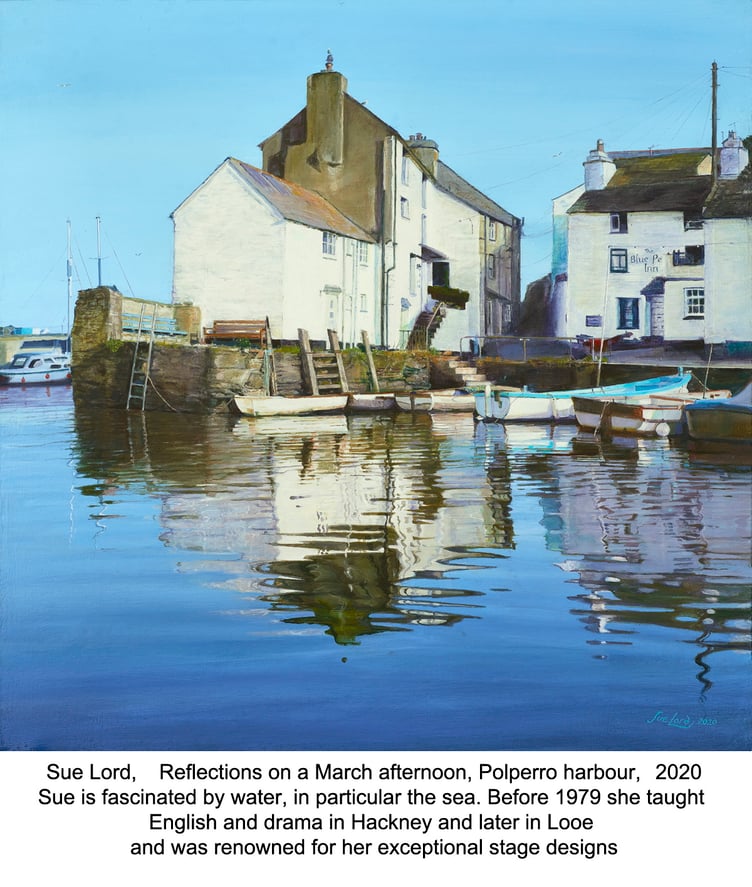The Polperro Arts Foundation has found a novel way of celebrating the village’s rich history of high quality art.
The Foundation has installed small signs with ‘QR’ codes linked to images of a number of historic paintings stored on their website (www.polperroarts.org)
Visitors can point their smart phones at the QR codes and see how the view in front of them was depicted many years ago by, say, Mouat Loudan or Philip Priestley.
The trail now includes eleven paintings, most of them located around the harbour area. There is a wealth of additional works available and we will gradually expand the trail as we move forward.
All this has been made possible by the fascinating work of the art historian David Tovey, which he presented in the Cornish Times a few months ago. David has spent several years looking into the many artists who have worked in Polperro since early in the nineteenth century, leading up to his two-volume book Polperro, Cornwall’s Forgotten Art Centre.
In the course of his research, David has built his own collection of the works that he has been studying. Many of his paintings are stored in the village where they are available for occasional displays;it is hoped it will be possible to arrange a permanent exhibition at some time in the future, further supporting Polperro’s credentials as a serious art centre. With David’s kind permission, most of the pictures on the art trail are from this valuable resource.
A spokesperson said: “All of the paintings on the trail are fine pieces of work so it might be hard to choose a favourite. Perhaps you will like best the way Frampton captured the evening light, as we saw earlier. Or perhaps the Art Foundation’s own Sue Lord’s modern depiction of reflections across the harbour, from almost exactly the same vantage point 125 years later?”
Aside from their aesthetic value the paintings also show how the village has changed - or remained unchanged - over the years. The pier between the inner and outer harbours has been cut in half since Maud Ansell painted it in 1903, but Couch’s house near Big Green looks almost untouched after almost 100 years, allowing for a certain amount of artistic licence.
It’s best seen in real life, so come and enjoy the trail first hand. Posters and flyers which include a map of the trail are available free of charge in the gallery in the Village Hall and in various shops and businesses around the village.





Comments
This article has no comments yet. Be the first to leave a comment.